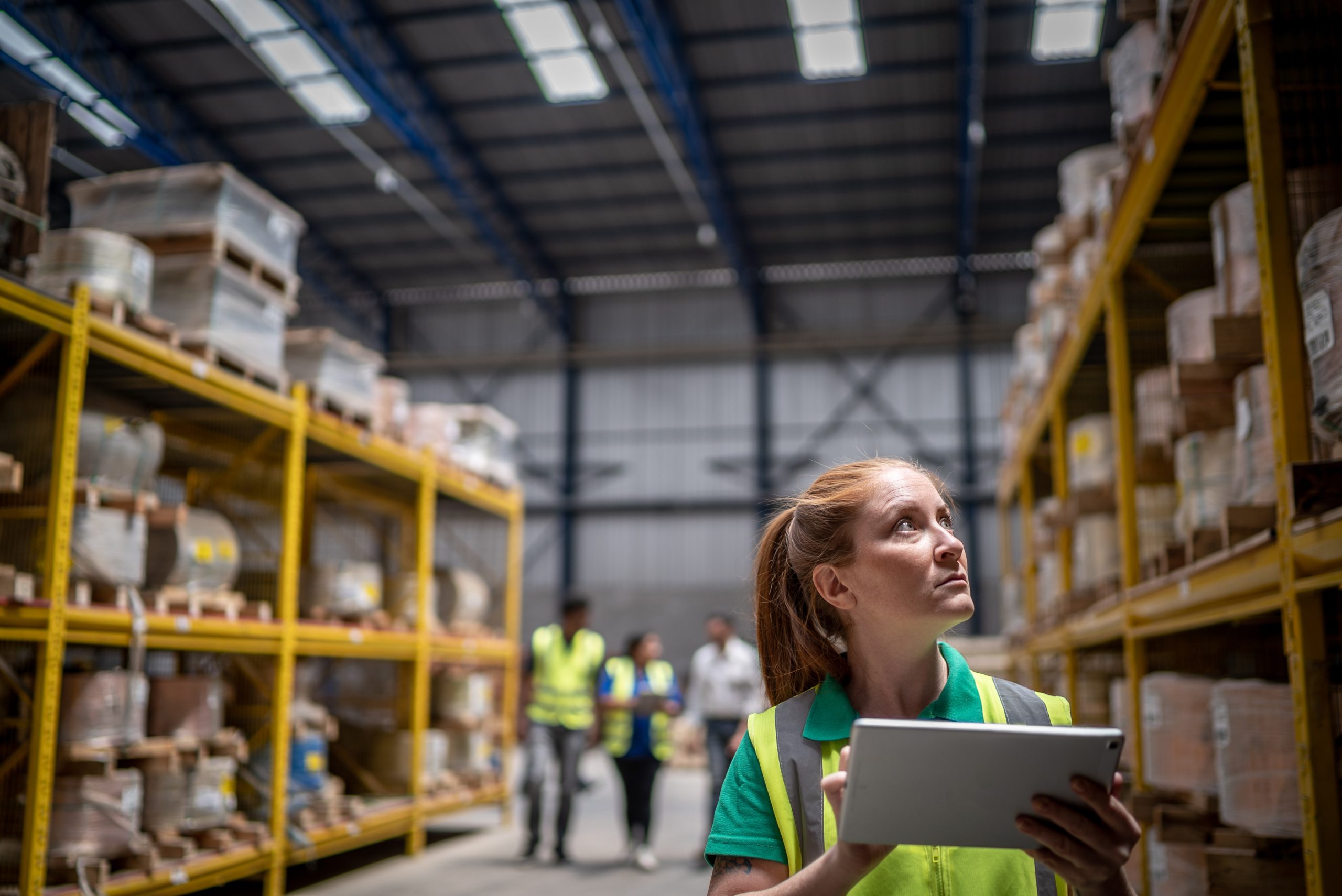For industries where precision and compliance are paramount, implementing inspection tracking software is a strategic move towards enhancing operational efficiencies and quality standards. Quantum Compliance offers robust inspection tracking software solutions that are essential for businesses aiming to streamline their inspection processes. Here’s a blueprint for successfully integrating such software into your company’s operational framework.
Step 1: Define Your Inspection Needs and Objectives
Before integrating any new software, it’s crucial to clearly define what your business aims to achieve with the inspection tracking software. Identify the specific challenges you face with your current inspection processes—be it inefficiencies, data inaccuracies, or compliance risks. Setting clear objectives will not only help in choosing the right software features but also in measuring the success of the integration later.
Action Items:
- Conduct a needs assessment with stakeholders.
- Define clear objectives for what the inspection software needs to achieve.
- Prioritize these needs to guide your software customization.
Step 2: Choose the Right Software
Selecting the right inspection tracking software is critical. You need a solution that not only meets your defined objectives but also integrates seamlessly with your existing systems. Quantum Compliance provides a variety of features that can be tailored to different operational needs and compliance requirements.
Action Items:
- Evaluate different software options and vendors.
- Ensure the software is scalable and can adapt to future needs.
- Consider the software’s compatibility with existing systems.
Step 3: Plan the Integration
Successful software integration requires careful planning. Develop an integration timeline that outlines key milestones, including training sessions and go-live dates. It’s also important to assign roles and responsibilities to ensure that every aspect of the integration is managed effectively.
Action Items:
- Create a detailed integration plan with timelines.
- Assign a project manager to oversee the integration process.
- Prepare a contingency plan to address potential challenges during integration.
Step 4: Train Your Team
For the software to be effectively utilized, comprehensive training for all end-users is essential. Training should not only cover how to use the software but also how it fits into the broader operational processes of the company. Quantum Compliance offers customized training sessions to ensure that your team is well-prepared to use the new system.
Action Items:
- Schedule training sessions for all relevant staff.
- Provide detailed manuals and access to online resources.
- Arrange follow-up training sessions to cover any updates or to refresh knowledge.
Step 5: Test the System
Before going fully live, it’s crucial to test the software to ensure that it functions as expected. This phase should involve real-world scenarios to see how the software handles data inputs, reporting, and integration with other systems.
Action Items:
- Conduct thorough testing in a controlled environment.
- Involve end-users in testing to get practical feedback.
- Use test results to make necessary adjustments.
Step 6: Go Live and Monitor
Once testing is complete and the system is fully configured, go live with the software. During the initial days of going live, closely monitor the system for any issues and ensure there is adequate support available for users encountering difficulties.
Action Items:
- Monitor the system extensively post-implementation.
- Provide immediate technical support to handle any issues.
- Gather user feedback to assess any further needs or adjustments.
Step 7: Review and Optimize
After the software has been operational for some time, review its performance against the objectives set in Step 1. Analyze usage data, user feedback, and performance metrics to identify areas for improvement. This ongoing review process is essential for ensuring the software continues to meet the evolving needs of your business.
Action Items:
- Regularly review software performance and user feedback.
- Make adjustments to optimize software usage.
- Plan for periodic updates and upgrades in consultation with Quantum Compliance.
Conclusion
Implementing inspection tracking software from Quantum Compliance is a strategic process that can significantly enhance your operational efficiency and compliance posture. By following this structured blueprint, your organization can ensure a successful integration that maximizes the benefits of your new inspection tracking system.






